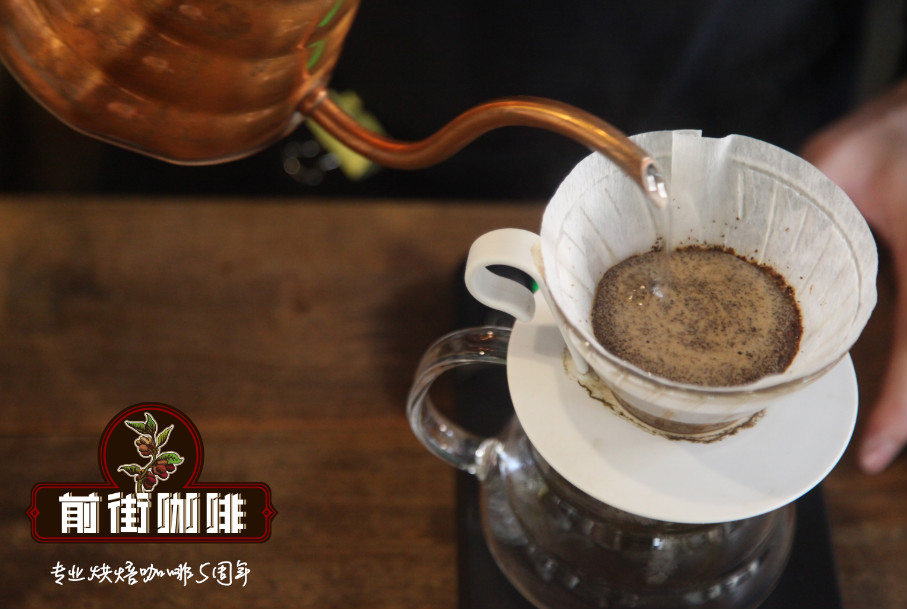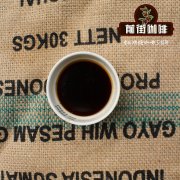Panamanian Rose Summer BOP entry Information how did the Panamanian Rosa varieties come from? The flavor of Rosa coffee

Professional coffee knowledge exchange more coffee bean information please follow the coffee workshop (Wechat official account cafe_style)
The coffee bean species Rose Xia (also known as geisha) is the original species of Arabica. It is very difficult to cultivate and the yield is half that of other coffee beans. Are rare, high-value coffee beans.
1931: a team of botanists visited southwestern Ethiopia and discovered rose beans near the village of Geisha. They brought them to Kenya and planted them in a nursery.
1936: Geisha seeds spread to Uganda and Tanzania.
1953: CATIE, a Costa Rican research institute, obtains some Geisha seeds from Tanzania for research.
1960: Pachi Serracin, the old owner of Don Patch Manor in Panama, brings Rose Summer Geisha to Panama from Costa Rica.
2004: best Panama BOP (Best of Panama auction), Emerald Manor won the first place of the year with its magnificent summer. In the next ten years, as long as you participate in the exhibition, you will get a big prize.
2007: in the international famous bean cup test competition featured by American boutique coffee (SCAA), Rosa won the championship again, and the bidding price was sold at US $130 per pound, the highest price since the competition beans.
2008: Jade Manor opens its own bidding meeting (BOP did not participate in the competition that year).
2012: best Panamanian BOP (Best of Panama auction), divided into traditional group, Geisha group and tanning group, so as not to be stolen by Geisha in all beans during the competition.
2014: best Panama BOP (Best of Panama auction), subdivided into geisha tanning, geisha washing, traditional tanning, traditional washing, because geisha will still steal the beauty of the tanning group.
2015: best Panama BOP (Best of Panama auction), divided into winning group sunburn, winning group water washing, traditional tanning, traditional washing, allowing another excellent variety, Pacamala Pacamara, to join the competition, but the result was bleak, with only one batch of 32 batches shortlisted.
Rose summer coffee tree is a wild variety from Geisha Mountain, Ethiopia, so it is named after Geisha. It is translated as rose summer coffee because its pronunciation is similar to the Japanese word "Rose Summer".
It was discovered in 1931, came to Costa Rica in 1953, and then spread to Panama. The output of rose summer coffee trees is not high, and it was originally ignored by coffee farmers, but since the third wave of coffee, coffee lovers have increased their pursuit of coffee with unique flavor. as a result, coffee farmers' attention to coffee varieties has shifted from the original output to quality and flavor, and this low-yield coffee variety has been discovered in Panamanian Jade Manor. But it has a unique gorgeous aroma of flowers and fruits and citrus, so take this coffee bean to participate in the 2004 cup test competition, and won the championship many times, and then often appeared and ranked among the best in various coffee competitions, of course, the price is also high.
END
Important Notice :
前街咖啡 FrontStreet Coffee has moved to new addredd:
FrontStreet Coffee Address: 315,Donghua East Road,GuangZhou
Tel:020 38364473
- Prev

Brazilian coffee producing areas introduce the flavor and taste characteristics of red bourbon coffee beans, brewing parameters of Brazilian coffee.
Professional coffee knowledge exchange more coffee bean information please follow the coffee workshop (Wechat official account cafe_style) [production area introduction] as the largest coffee producing region in the world, Syrador is definitely a famous high-quality coffee producing area in Brazil. Produced in the prairie of 850-1200 meters above sea level, throughout the year
- Next

How enjoyable it is to use a mocha pot to make a cup of Yemeni mocha coffee.
Professional coffee knowledge exchange more coffee bean information please pay attention to the coffee workshop (Wechat official account cafe_style) mocha coffee pot (English: Moka pot), also known as steaming coffee pot, is a tool that uses the pressure caused by boiling water to help make coffee, originated in Italy, by Luigi De Ponti and Alfonso Bayerati (Alfonso Bialetti)
Related
- Detailed explanation of Jadeite planting Land in Panamanian Jadeite Manor introduction to the grading system of Jadeite competitive bidding, Red bid, Green bid and Rose Summer
- Story of Coffee planting in Brenka region of Costa Rica Stonehenge Manor anaerobic heavy honey treatment of flavor mouth
- What's on the barrel of Blue Mountain Coffee beans?
- Can American coffee also pull flowers? How to use hot American style to pull out a good-looking pattern?
- Can you make a cold extract with coffee beans? What is the right proportion for cold-extracted coffee formula?
- Indonesian PWN Gold Mandrine Coffee Origin Features Flavor How to Chong? Mandolin coffee is American.
- A brief introduction to the flavor characteristics of Brazilian yellow bourbon coffee beans
- What is the effect of different water quality on the flavor of cold-extracted coffee? What kind of water is best for brewing coffee?
- Why do you think of Rose Summer whenever you mention Panamanian coffee?
- Introduction to the characteristics of authentic blue mountain coffee bean producing areas? What is the CIB Coffee Authority in Jamaica?

